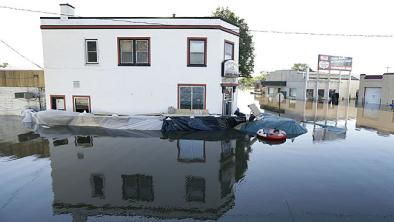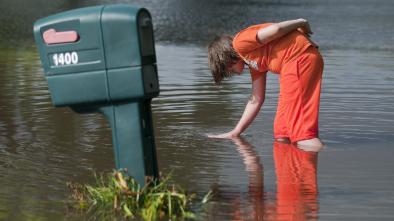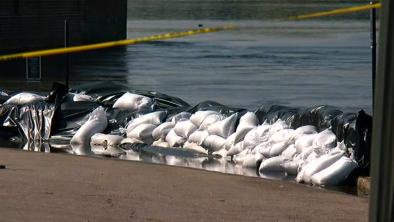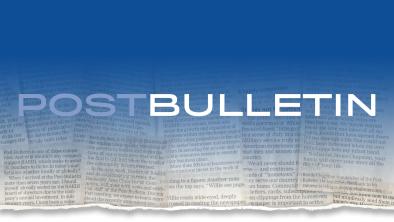Science Source
Hydroclimatology of the 2008 Midwest floods
- States that the late spring/early summer flooding that occurred in the American Midwest between May and June 2008 resulted from a combination of large‐scale atmospheric circulation patterns that supported a steady influx of moisture into the area
- States that a low pressure system centered over the central‐western United States steered a strong jet and associated storms along its eastern edge from the west to southwest and an anomalously strong Great Plains Low Level Jet brought continuous warm and moist air into the area from the Gulf of Mexico into the area
- Examines and quantifies the impact these circulation patterns had on the hydroclimatology of the Midwest
- Highlights the magnitude, frequency, geographic distribution, and temporal evolution of precipitation that ultimately magnified the flooding
- Uses historical precipitation records to assess the regional rainfall characteristics at various geographic and time scales
- Finds that five distinct hydroclimatic characteristics contributed to the definition of the 2008 flood including persistent high surface soil moisture conditions prior to flooding exasperated by anomalously high rainfall, extreme rainfall totals covering extensive areas, increased frequency of shorter‐term, smaller‐magnitude events, persistent multiday heavy precipitation events, and extreme flood‐producing rain storms
- States the major flooding lasted for approximately 24 days and most greatly impacted the state of Iowa, southern Wisconsin, and central Indiana
- States that its occurrence during the May–June period makes the event especially unusual for this region
Related Content
Headline

Sep 27, 2016 | AccuWeather
Iowans stack over 250,000 sandbags in Cedar Rapids to offset river flooding
Headline

Sep 27, 2016 | MPR News via Associated Press
Flood damage estimates rise in Waseca
Headline

Sep 27, 2016 | CBS Local
Flooded Faribault Bracing For More Rain
Headline

Sep 27, 2016 | PostBulletin via Associated Press
Heavy rains slow harvest across Minnesota


